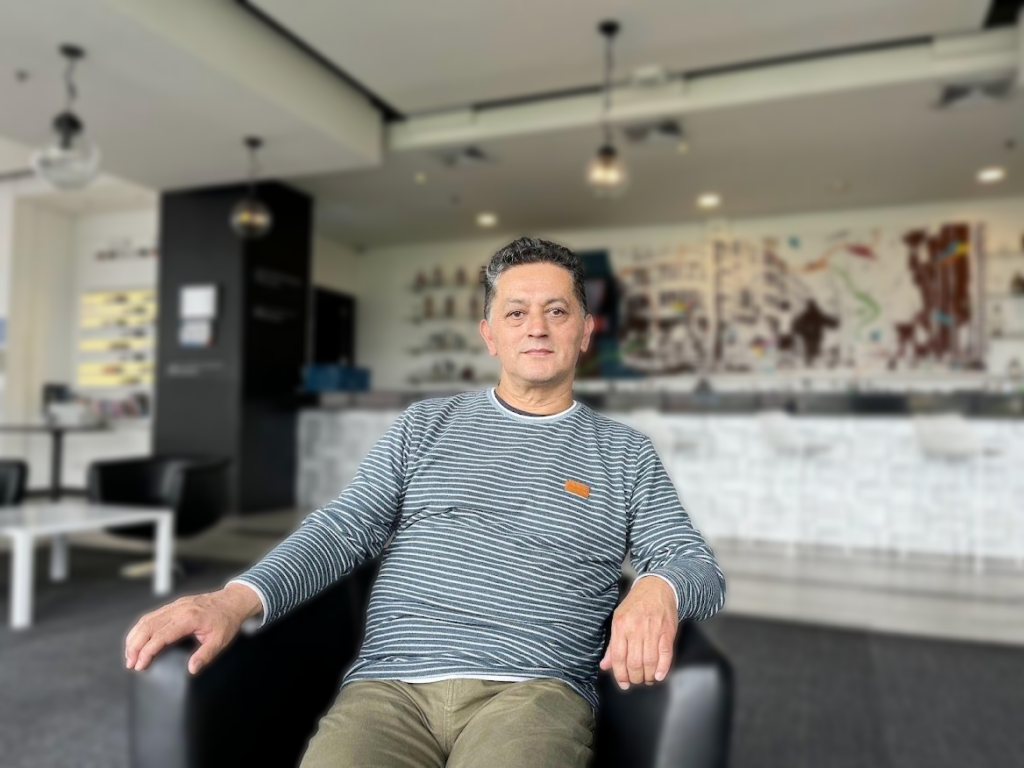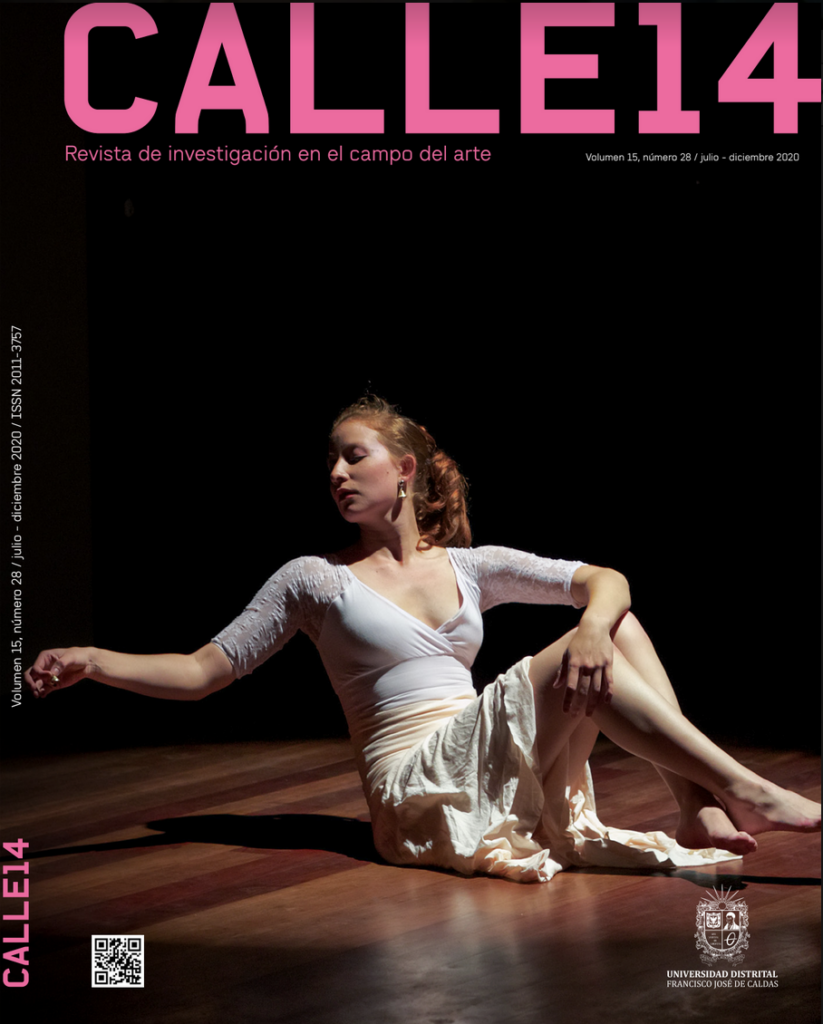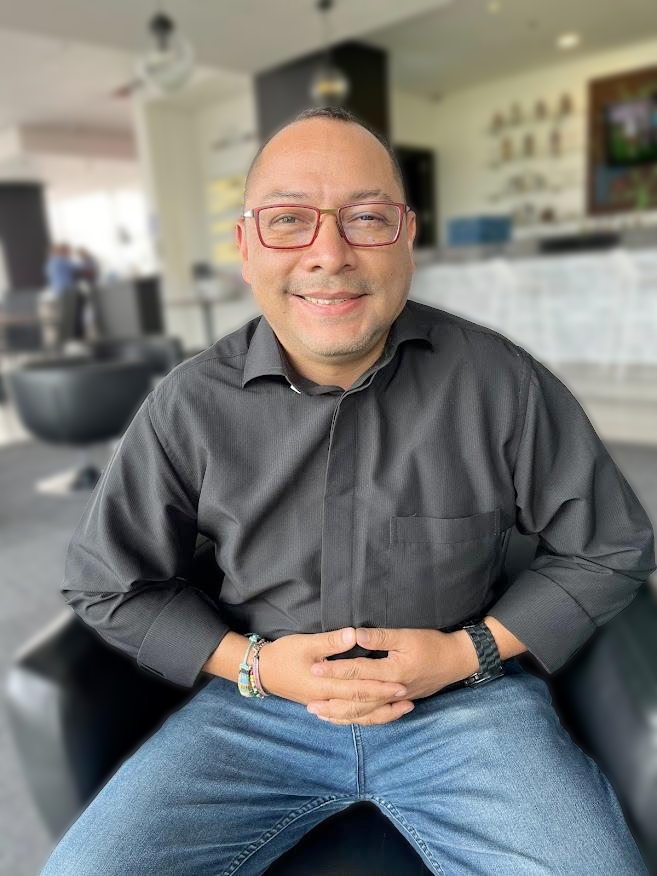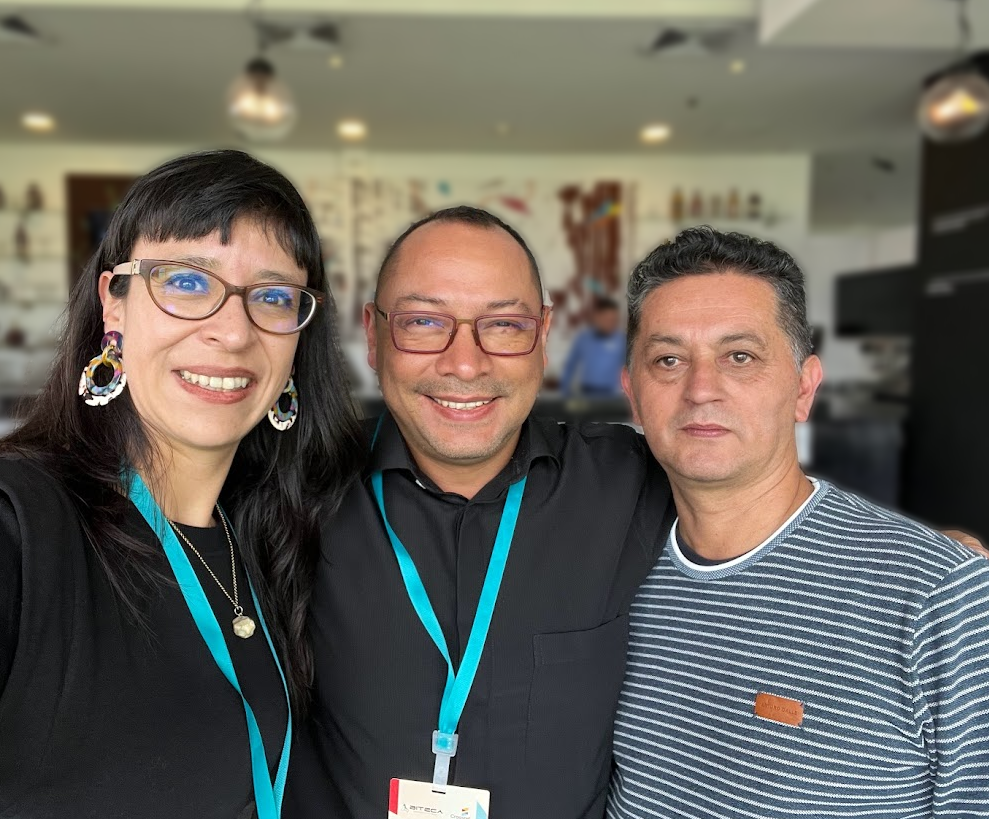Calle 14 is one of the few journals in Latin America that disseminates art-related topics. It is published by the Universidad Distrital Francisco José de Caldas, one of two Colombian institutions that support DOAJ via membership. As part of our series ‘Story behind the journal,’ we talked to Pedro Pablo Gómez Moreno, Editor of Calle 14, and Fernando Piraquive, Coordinator of the Scholarly Journals Department at the Universidad Distrital.
Pedro Pablo, please tell us about Calle 14 and your experience as an editor.

Pedro Pablo: I have taught at the Faculty of Arts of the Universidad Distrital Francisco José de Caldas for 20 years. Calle 14 was born with the faculty in 2006, and I was the first editor. Then, two other editors ran the journal while I was doing my doctoral studies, and when I came back, they asked me to take over the journal. Calle 14 emerged because there weren’t many art journals in Colombia, and the Faculty of Arts research groups published in a journal that the university had called Revista Científica, where 80% of the articles were in physics, engineering and mathematics. There was only a small section for the humanities and social sciences. That marked the need to have a journal entirely focused on the arts. The journal Calle 14 has comprehensive thematic coverage because we draw on Pierre Bourdieu’s theory of the art field. This includes literature, visual arts, popular arts, and cinema.
In this sense, what challenges do you face regarding interdisciplinarity and publishing in a format that is ultimately fixed (i.e. a manuscript)? For example, when thinking about the performing arts, authors must put their articles into writing.

Pedro Pablo: That’s right. This situation led us to think about including multimedia content. The first challenge was including images not just accompanying the text but as a form of knowledge. And I think that is one of Calle 14’s contributions. Our next challenge is how to include video and audio content. The digital version has allowed us much more. We are doing it little by little; it’s not so easy because of copyright issues.
What has it been like for you as an editor to have this conversation with the assessment systems, databases, and editors from other disciplines?
Pedro Pablo: It’s like a process of obeying and being disobedient simultaneously, playing with fire and looking for interstices and fissures in the processes. When you subscribe to the indexing logic, you can be super obedient, but you can also propose some other things. We have been consulting the policies and the calls from Publindex, which is the national index of journals in Colombia. We believe that art journals can propose innovations, and we aspire to position the sensitive knowledge of the arts so that it is not undervalued. I think art journals have a great future because now, with the debates on knowledge beyond the sciences, knowledge expanded from the arts, the social sciences, and the humanities, art journals must capture this sensitive knowledge and make it accessible to the public. There, we have a lot of potential to grow and even create new journals.
What is your opinion on open access and the DOAJ?
Pedro Pablo: We are a public university, and part of our mission is to democratise access to knowledge, that is, to facilitate access to the knowledge produced at the university. Therefore, the open access policy is absolutely welcome. In Calle 14, one of the things that made us happiest was when we were accepted into DOAJ because it is an extensive database that facilitates access to journal content. The quality criteria you set for journals are robust, and we set ourselves the goal of fulfilling them to be indexed. The challenge was not only for the journal to be accepted, but to remain there as well, and this gave us international recognition, for which we are thrilled.
Fernando, tell us a bit about your role at the university and what motivated you to get there.

Fernando: I have been supporting journal editorial teams in implementing the best practices in editorial processes for seven years. I was very motivated by the fact that I did a master’s degree in scientific information and communication and that I already had experience in this field. The Universidad Distrital is a public institution with seven journals indexed in the national bibliographic index Publindex. My job is to support, guide and monitor all these dynamics and transformations in the knowledge society, such as open science and open access, and how this permeates the evaluation of journals. Another of my tasks has been to assist journals in transitioning from print to digital, which has been a very intense task at the university. Persistent identifiers have been fundamental to making that transition, and we have seen positive results over time.
How have you been developing your open access policy at the Universidad Distrital?
Fernando: We have an agreement that regulates the university’s editorial policy. Through this, we promote using the Open Journal Systems platform to give the institution’s scientific journals visibility. Over the years, we have been updating the software because it is very important for us that both the editorial teams and the users or readers find a robust system with easy access where they can consult the contents in different formats. We are also designing the institutional open science policy to incorporate open data and open evaluation.
What is the importance of the DOAJ and of including journals in the directory for the university?

Fernando: We have about 15 journals in the DOAJ. For us, it was very important to contribute to an open infrastructure of this magnitude to maintain the visibility provided to our journals, in addition to the interoperability achieved through the protocols, and to comply with the quality criteria required of us. It was really important for the university to contribute to an open infrastructure to maintain and strengthen the whole open access ecosystem. In this sense, the university considered it appropriate to financially support because we have many journals visible in DOAJ. We have also participated jointly and articulated in various activities. DOAJ has been able to support us with workshops for editorial teams. The fact that we are one of the few public universities that are supporters of DOAJ is a reference for other institutions to take this example and also to be motivated to support an open infrastructure because by doing joint activities with DOAJ, other institutions also benefit and that is very important for the Universidad Distrital.
